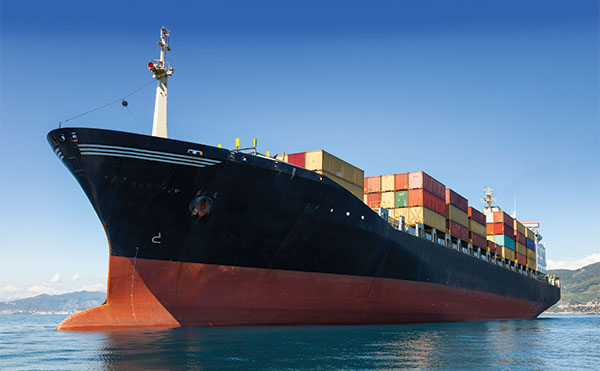Ocean container shipping operators intend to impose new “emergency” surcharge
As a throwback to bygone days of “cartel” action, this tactic was done in unison, placing higher costs on existing bunker surcharges
For many global logistics managers, the ocean cargo container shipping industry appears to move from one crisis to another without addressing fundamental supply and demand business practices. Further evidence of this surfaced in recent weeks when the world’s leading vessel operators announced the introduction of “emergency” bunker surcharges in response to rising fuel costs.
As a throwback to bygone days of “cartel” action, this tactic was done in unison, placing higher costs on existing bunker surcharges.
Chris Welsh, Secretary General of the Global Shippers’ Forum (GSF) believes this move is an indictment on the liner shipping industry that is still using collective pricing methods to impose surcharges.
“GSF is adamant that few transport operators in other sectors would risk imposing such short-notice emergency surcharges because of the likely strong reaction from shippers, including the loss of business,” he said.
In a letter to his constituents, he added that container ship operators need to ‘”fess-up’” by taking responsibility and greater control of their costs rather than announcing vaguely explained short-notice unrecoverable surcharge costs.
According to Welsh, the imposition of emergency surcharges has no place in a modern liner shipping market where costs and prices should be mutually agreed between customers and suppliers, preferably in mutually agreed service contracts.
“Such arrangements enable the parties to build long term business partnerships, as well as providing clarity on the terms and conditions for the services provided and for appropriate remuneration,” he added.
Finally, Welsh noted that the use of emergency surcharges is a “none too subtle” attempt to impose non-negotiable charges on customers.
“The liner industry needs to employ more appropriate pricing arrangements, in conjunction with its shippers, if it is serious about developing partnership approaches and improving individual relationships,” he said.
Dan Smith, principal with ocean industry consultancy The Tioga Group, observed that the carriers are in financial distress due to overcapacity and depressed rates, and looking for any means to raise those rates.
“Industry consolidation facilitates what used to be called ‘price signaling’ in which one seller announces prices and others follow, or ‘barometric’ price leadership, in which some implicitly chosen metric signals higher prices,” he said. “We are down to under 10 major carriers, but herding 10 cats is still tough unless they all want to go in the same direction anyway.”
According to Smith, when capacity was tight at the beginning of this century, the Transpacific Stablization Agreement (TSA) and its predecessors looked like strong cartels. When capacity was loose, TSA could not sustain higher prices against its members’ desire to fill their ships.
As reported in LM, the TSA dissolved itself earlier this year. Since the effective demise of tariffs, the world is split into contract rates and spot rates. Smith now says the question is this: which shippers are complaining about their current contract rate?
“Are these emergency surcharges permissible under existing contract terms? Are major importers going to pay it? If so, the carriers may have found a loophole, but that loophole is likely to be closed tight in the next round of negotiations. Shippers have long memories.”
Philip Damas, head of Drewry’s logistics practice, notes that any shipper who has a “no new carrier surcharge” clause in their contract will not be affected by the new rate hike. However, medium companies and spot buyers who do not prohibit new surcharges will definitely be exposed and face large, unexpected cost increases.
“The ocean carriers who have just introduced this new emergency surcharge at the same time have a lot of explaining to do and shippers will be suspicious about this coordinated response by carriers,” he said. “It is a fact that fuel prices have surged from $320 to about $460 per metric ton in the past year, but the fuel adjustment formula should be the sole mechanism to deal with increases in external costs like fuel – not new surcharges.”













